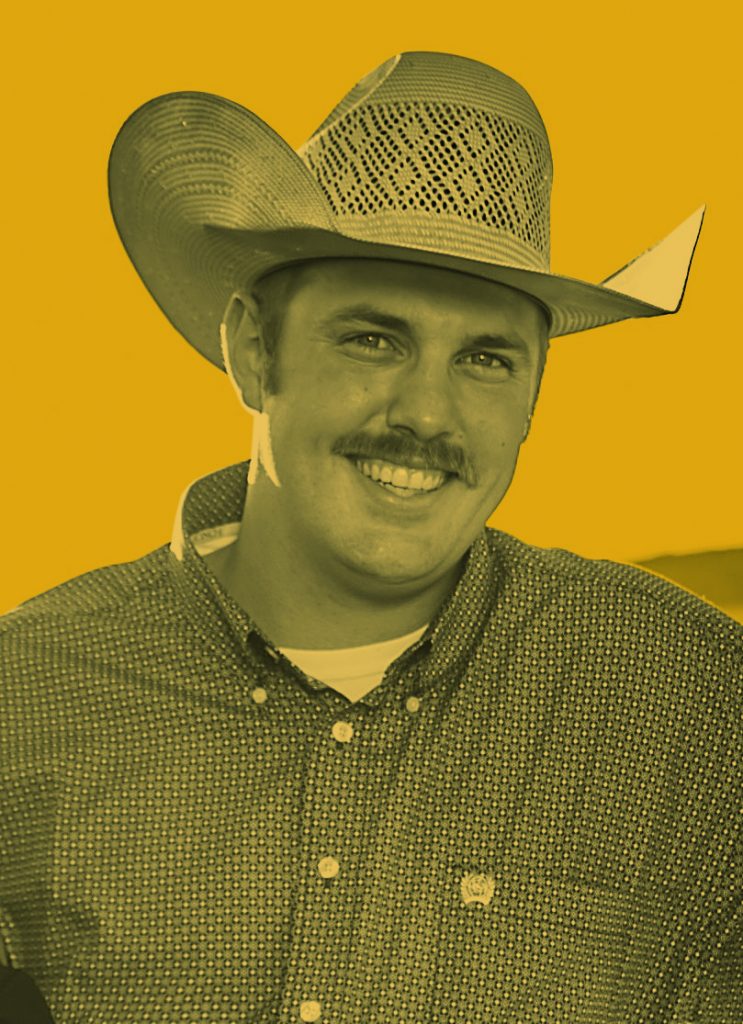We’ve heard it before; the growing disconnect between urban and rural areas. Many laugh it off. Some say there is no such thing. However, for those of us involved in production agriculture, we get a firsthand view. There is no other way of life quite like agriculture. We work from sunup to sundown to feed a world that attacks the way we live, how we produce food, and look down their noses at us like we are nothing but backwoods hillbillies without a clue in the world. Attacks come from all angles. Scientists try to grow meat in a Petri dish in a lab with all kinds of chemicals, while God above designed cows to make beef by eating grass and drinking water. Our farming counterparts get hammered by the public because they might grow crops that have been adapted to perform in the climate they are planted. Both farmers and ranchers have to fight for every drop of water that they use, and as cities get bigger and bigger, they buy up valuable farmland and divert water to keep cul-de-sacs and medians green.
The average age of the American farmer is 58 years old. If that number doesn’t alarm you to some degree, it should. The people who grow the food you eat, produce the fiber for the clothes that you wear, and are the stewards of millions of acres of land are getting older. As George Jones once asked, “Whose gonna fill their shoes?” The next generation of American farmers and ranchers are more than willing to take over, but will there be a farm for them to inherit? Can they afford to do it? The price of land in most places cannot be paid for with production agriculture alone. Young farmers and ranchers face the challenge of trying to run a successful operation while juggling paying the note at the bank with making sure there is enough money to sustain the operation for another year.
I have long said that whoever controls the water will control the land. We see this happening all over our country. As urban centers continue to grow, especially in the west, farmers and ranchers are the ones who often pay the biggest price. The water that once filled irrigation ditches and canals to water crops is now piped hundreds of miles away. I know water is essential for life, but for those of us who have seen entire counties dried up and their water sent to a town that wastes more water than they need, it brings up feelings of sadness and anger.
Time and again we see generational farms and ranches sold off and subdivided. Farmland that used to produce wheat for flour or corn for animal feed is paved over to make a parking lot for the mini mall for people to buy cheap imported crap that will end up in a landfill on land that was once used to graze livestock. There is no stopping the growth of major cities. Sadly, the larger they become, the smaller the little towns get because there is no economy to support them.
It scares me to think that there may come a day when the American family farm is only a faint memory. We as producers can do things to help ourselves, however. We should support programs that teach students where their food comes from. They need to know that vegetables don’t grow in the back of the grocery store, and chocolate milk doesn’t come from brown cows. Education is the only way we can narrow the gap between rural and urban areas. Teach water conservation to homeowners. Encourage growing gardens instead of lawns and showcase agriculture as a career that should be pursued.
We’re a dying breed that you can’t see from the road, but I think it’s about time that we are seen in legislative sessions, county planning meetings, and in classrooms teaching the truth about our way of life. That’s all for this time, pray for the American farmer and rancher and keep tabs on your side of the barbed wire. God bless.

